The Reality Check That Changed My Mind
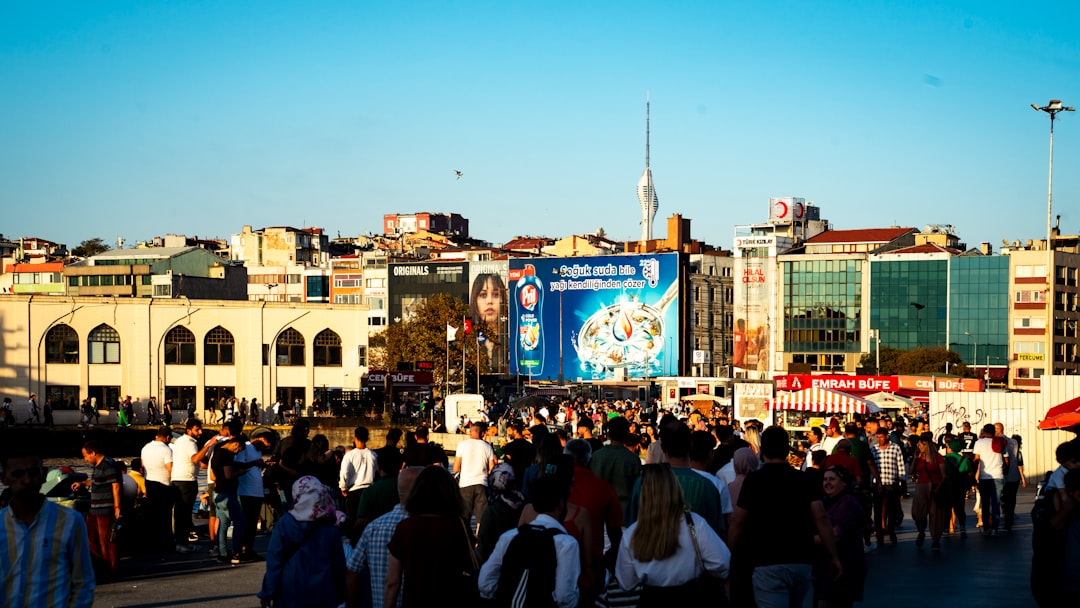
Picture this: you’re standing in a crowded plaza in Barcelona, shoulder-to-shoulder with thousands of other tourists, trying to capture that perfect Instagram shot while locals spray water guns and wave “Go Home” banners behind you. That’s not exactly the dream European vacation I had in mind. When I learned that Barcelona locals sprayed tourists with water guns last summer while holding “Go Home” banners, and that popular European hubs like Paris, Barcelona and London still face massive crowds during summer season, I realized my romantic vision of Europe needed a serious reality check. Instead of forcing my way through the chaos, I decided to pivot completely – and it turned out to be the best travel decision I’ve made in years.
Europe’s Overtourism Crisis Hit Peak Madness
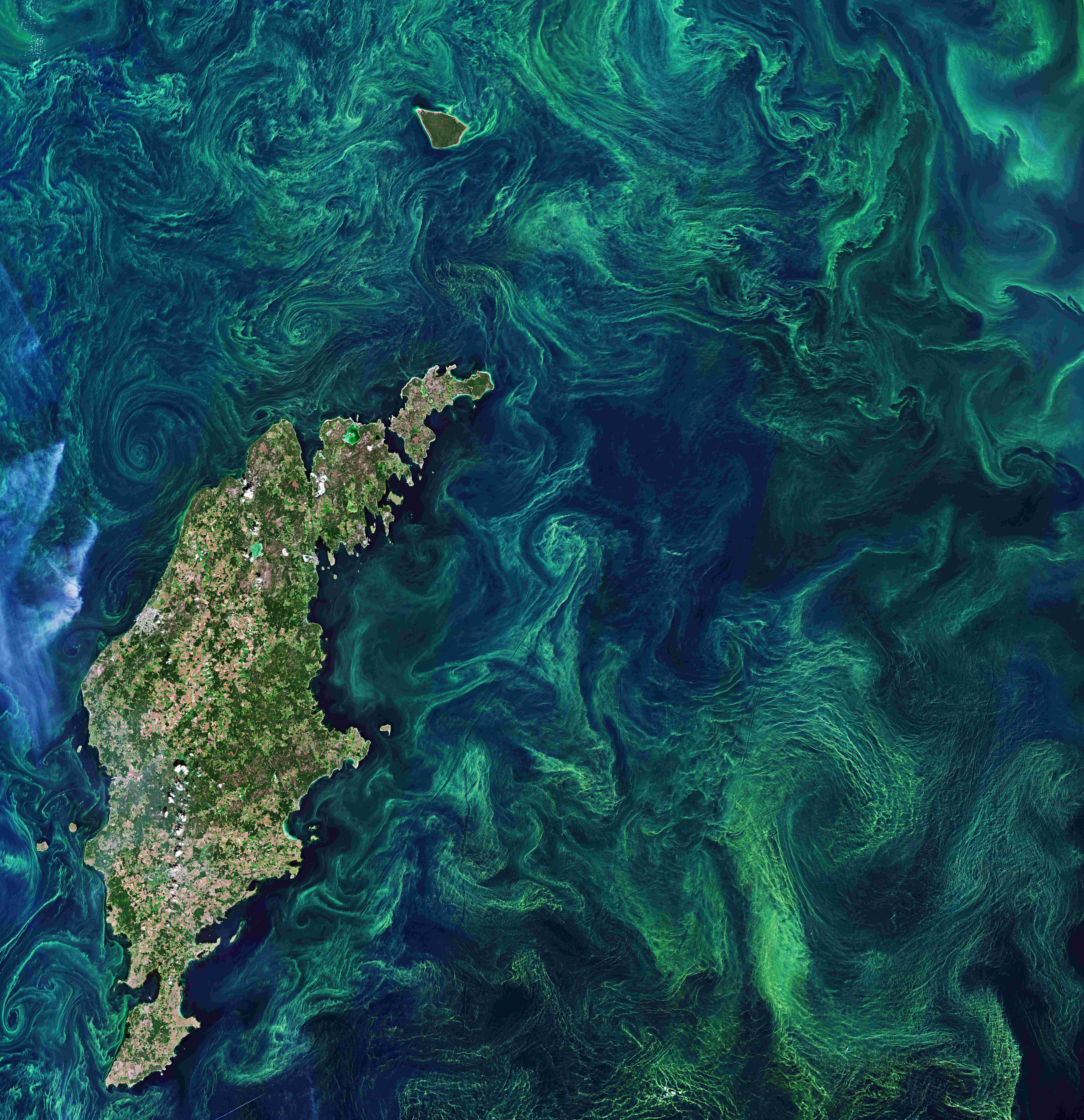
A record-breaking surge in global tourism is forcing popular European destinations to implement stricter visitor limits for 2025, as cities struggle with what experts call “overtourism.” The United Nations tourism agency reported that by March 2024, more than 285 million tourists had traveled internationally – marking a 20% increase from 2023’s first quarter. This surge made 2024 the first year to exceed pre-pandemic tourism records. The numbers are staggering, but what really gets me is how this affects real people’s lives. In Sintra, Portugal, traffic jams around historic sites led residents to form QSintra, with one resident asking, “Not to be able to get an ambulance or to not be able to get my groceries is a rich people problem?” When tourism makes it impossible for locals to access basic services, something’s fundamentally broken.
The New Tourist Taxes and Restrictions Feel Like Punishment
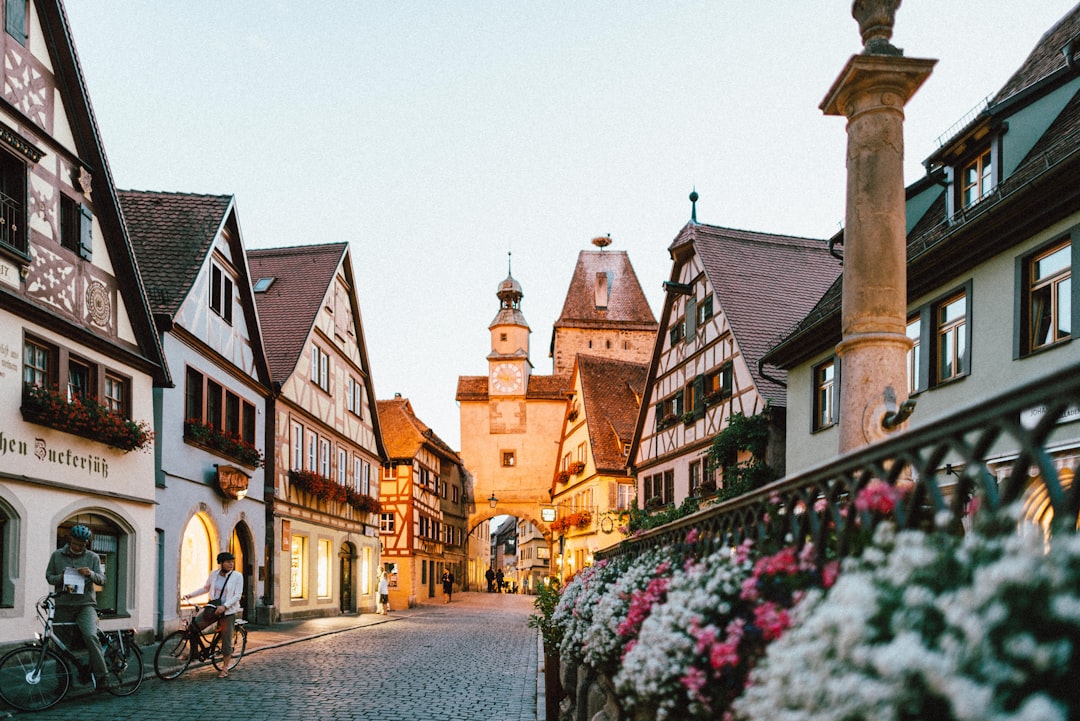
Pompeii archaeological park now limits daily visitors to 20,000 people after a single day saw more than 36,000 visitors, and Venice plans to expand its entry fee system throughout 2025. It’s wild that we’ve reached a point where you need to pay extra fees just to enter cities or book timed slots to see famous landmarks. The whole experience starts feeling less like exploration and more like being processed through a theme park. Starting in mid-2025, U.S. travelers must apply for ETIAS authorization before visiting 30 European countries, with the online application costing €7. Sure, seven euros isn’t breaking the bank, but it’s another layer of bureaucracy that makes European travel feel increasingly complicated and unwelcoming.
Budget Pressures Made the Decision Easy

Affordability remains the most significant barrier to international travel, cited by 46% of respondents not planning a European trip, while daily budgets of €100–€200 have risen by 14%. When I actually crunched the numbers for a two-week European trip, my jaw dropped. Flight prices to Europe have been consistently high, accommodations in major cities cost more per night than my monthly car payment, and those €100-200 daily budgets feel conservative once you factor in decent meals and attractions. While some travelers are eager to spend, others are feeling the pressure of economic uncertainty, with rising costs — not a surge in discretionary spending — driving higher budgets. Rather than stress over every expense and cut corners on experiences, I chose to spend that same money on a destination where my dollar would stretch further.
Asia Became My Europe Alternative
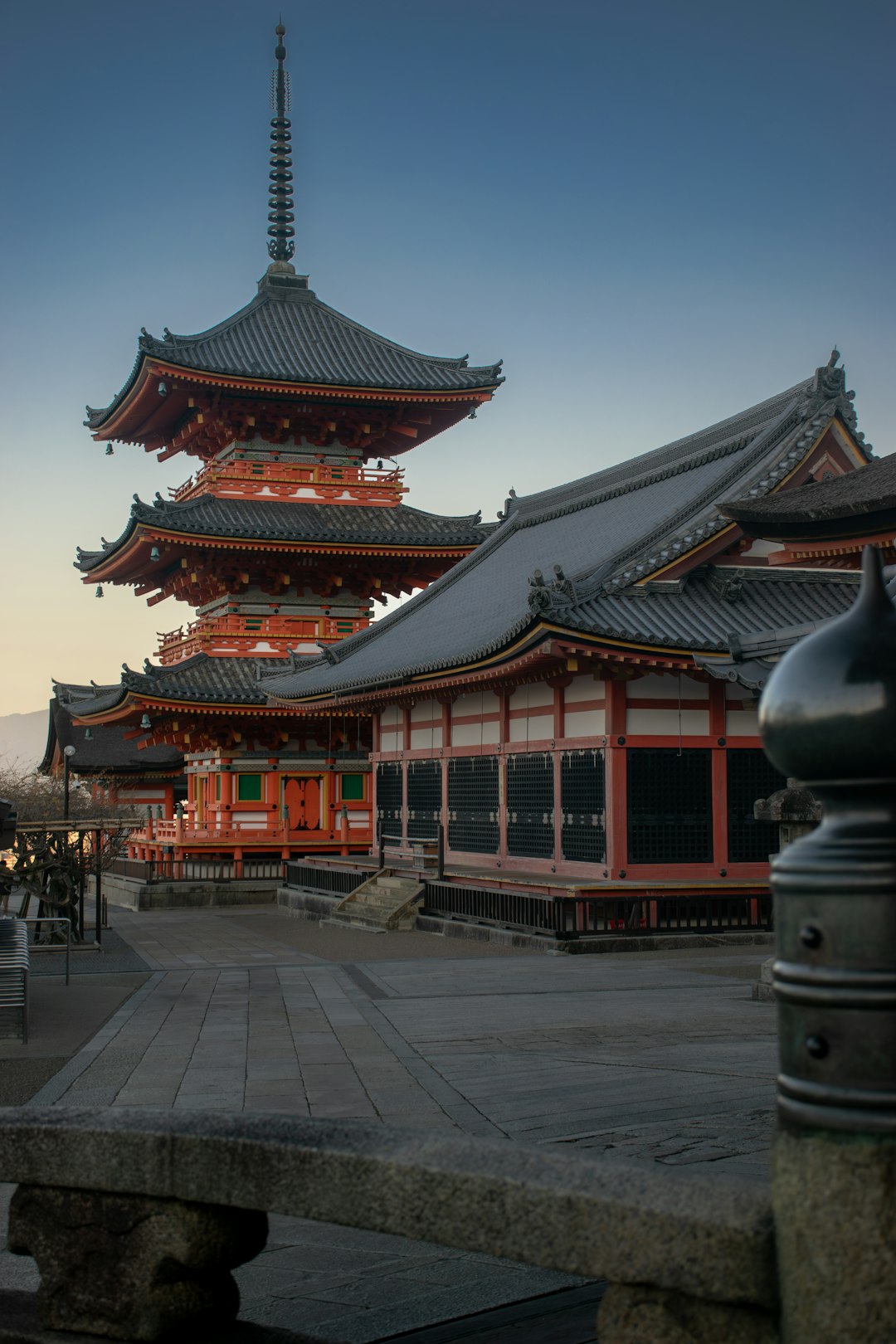
Tokyo, Osaka, Paris and Shanghai lead the world for growth in summer travel bookings, with Tokyo and Osaka topping the list. “Japan’s status as a travel powerhouse remains unshaken,” said David Mann, chief economist for Mastercard, Asia Pacific. Instead of fighting crowds in Rome, I found myself wandering through peaceful temples in Kyoto at sunrise, paying a fraction of European prices for incredible ramen that puts any European pasta to shame. This is a quieter side of Asia less visited by foreign tourists. The contrast was striking – where Europe felt overwhelming and expensive, Asia offered authentic cultural experiences without the tourist circus atmosphere.
Southeast Asia Delivered the Adventure Europe Couldn’t

Laos is one of the least-visited countries in all of Southeast Asia. If you’re looking for smaller cities, less-crowded historical sites, understated beauty and authentic cultural encounters, it’s the perfect place to travel. My week in Laos cost less than three days would have in Paris, and the experiences were infinitely more memorable. I took a ride on Laos newly-launched, high-speed international rail connecting its sedate mountainous plains with China’s bustling southwestern Yunnan Province. Travelers now have an affordable, efficient and sustainable way to traverse the region’s best, yet relatively unseen, cultural and natural wonders. Instead of elbowing through crowds at the Louvre, I was exploring ancient Buddhist temples with maybe five other visitors total.
South America Offered European Charm Without the Chaos
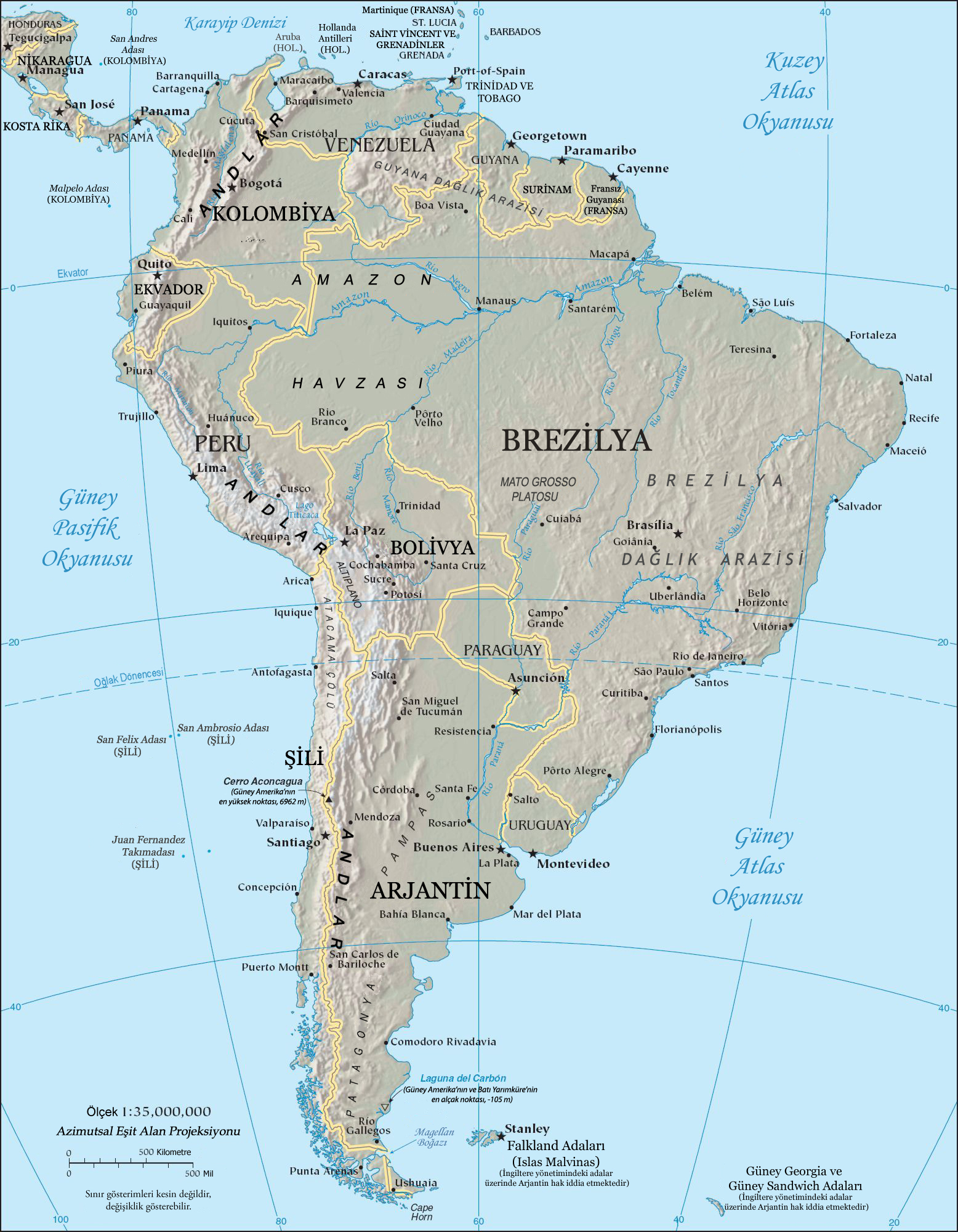
From the colourful streets of La Paz to the dreamscape of the Altiplano, Bolivia continues to be one of South America’s best-kept secrets. This makes it the perfect antidote for overtourism, with vast open spaces and warm, welcoming locals. The architecture in colonial cities like Cusco and Quito rivals anything you’ll see in Prague or Florence, but without the selfie sticks and tour groups blocking every view. South America offers great weather for Peru and Colombia, with many places in Latin America satisfying requirements for outdoor scenery and hiking, museums and architecture, variety of interesting food, and more opportunities to get away from modern “horde tourism”. Plus, the food scene is absolutely explosive right now – Lima’s restaurants are consistently ranked among the world’s best, and you’re not paying London prices for the privilege.
Local Resentment Made Me Reconsider My Impact

In 2025, there will be several demonstrations in tourist areas, with protesters telling potential visitors to “choose other more sustainable destinations, with less polluted seas and where their money does not contribute to the impoverishment of the local population and the overexploitation of their resources”. This really hit home for me. Tourism should be a positive exchange between visitors and locals, not a source of resentment and displacement. Critics contend that higher visitor numbers contribute to increased housing costs, community erosion and crowded public transportation. When your vacation contributes to making life harder for local residents, it’s time to question whether that trip is worth it.
The FOMO Factor Turned Out to Be a Myth
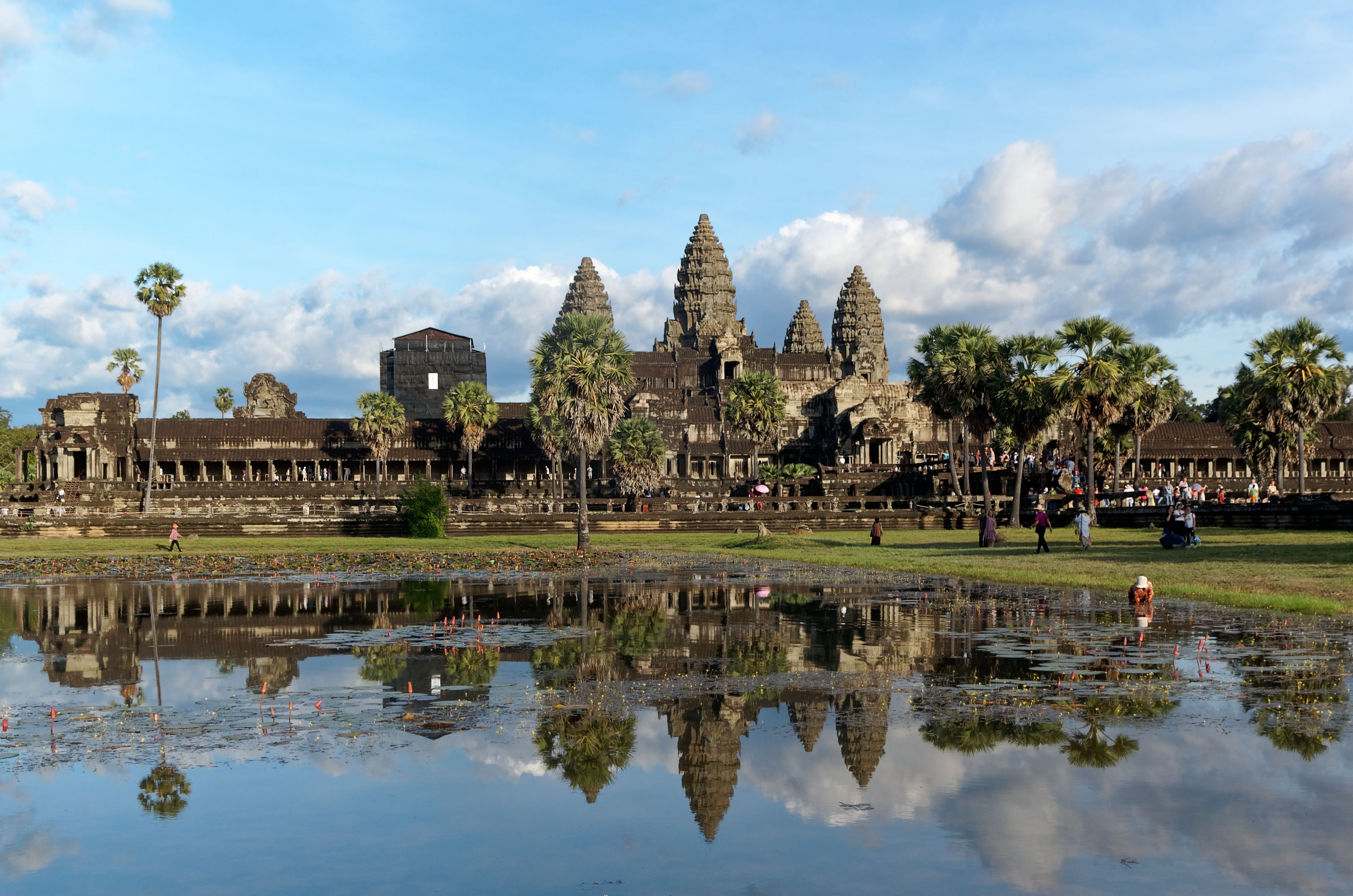
Social media had convinced me that if I didn’t get that photo at the Trevi Fountain or the perfect shot of the Eiffel Tower, I was somehow missing out on essential life experiences. But here’s what I discovered: some of my most Instagram-worthy shots came from completely unexpected places. That sunrise over Angkor Wat in Cambodia was far more breathtaking than any European cathedral, and the street art in Buenos Aires was more vibrant than anything I’d seen in Berlin. The mountain village of Roccaraso, with a modest population of 1,500, experienced an influx of 16,000 visitors in January 2025—all drawn by the presence of TikTok influencer. This kind of event-based overtourism, driven not by traditional holiday planning but by viral content, was emerging as a new trend. Chasing viral moments and checking boxes off a European bucket list suddenly felt shallow compared to genuine cultural immersion.
My Money Went Further Than I Ever Imagined

For the same budget I would have spent on a cramped European hotel room and overpriced tourist menus, I stayed in boutique accommodations with personal service, ate at family-run restaurants where the chef came out to chat, and hired local guides who became genuine friends. Travelers from Asia-Pacific are especially attuned to value, and that makes them more responsive to exchange rate shifts. In markets like Chinese Mainland, Singapore, and South Korea, even a 1% change in currency value can have an outsized impact on travel decisions. This value consciousness opened my eyes to how much more authentic experiences I could have elsewhere. Instead of spending €50 on a mediocre pasta lunch in Venice, I was having incredible multi-course meals in Vietnam for under $15.
Europe Will Still Be There When It’s Ready for Me
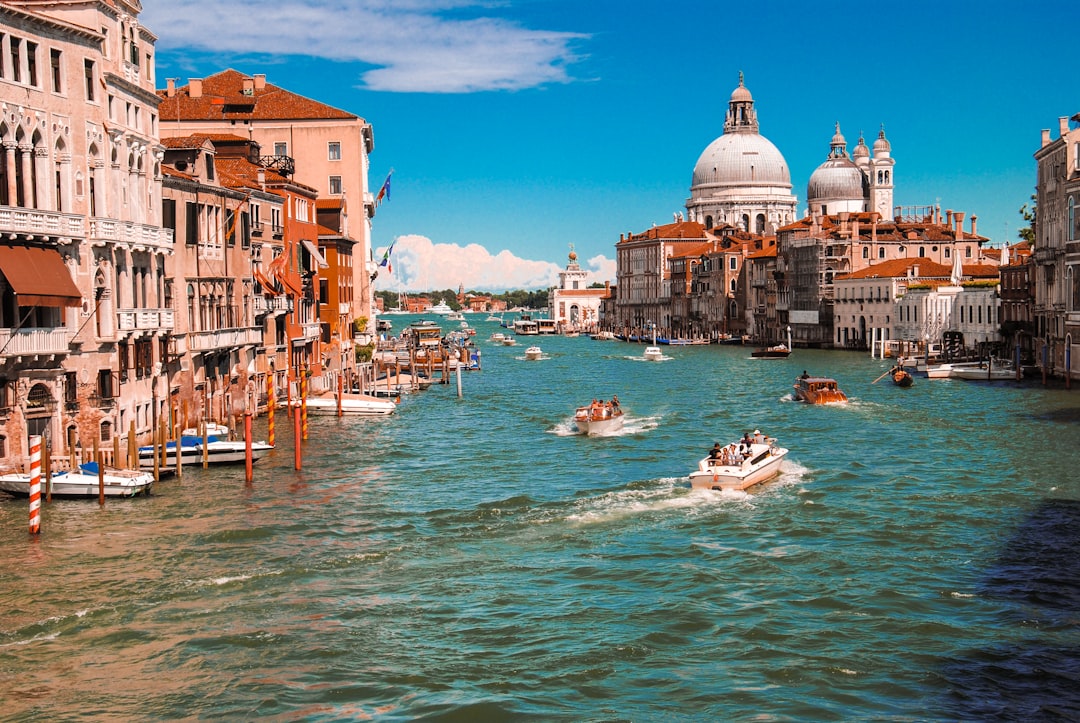
Tourism experts note that tackling overtourism challenges is a complex, long-term process. “This is something that has been developing for years, and you can’t change the infrastructure in terms of more transportation, more water resources, more waste management, in the course of a year”. The beautiful cities and historic landmarks aren’t going anywhere. Tourism organizations are overhauling their strategies, shifting from a destination marketing approach to one focusing on destination management that balances the needs of the destination and its residents while creating a positive visitor experience. I’d rather visit Europe when local communities have figured out sustainable tourism models and when I can contribute positively rather than adding to the problem.
Skipping Europe this year taught me that wanderlust doesn’t have to follow prescribed paths. Sometimes the best adventures happen when you color outside the lines of conventional travel wisdom. While everyone else was fighting for space at the Colosseum, I was discovering that the world is full of incredible alternatives waiting to be explored – places where your presence is welcomed rather than tolerated, where your money supports communities rather than displacing them, and where authentic experiences aren’t competing with Instagram performance art.
What would you choose: a stressed-out European vacation fighting crowds and breaking budgets, or an adventure somewhere unexpected where every day brings genuine discovery?





